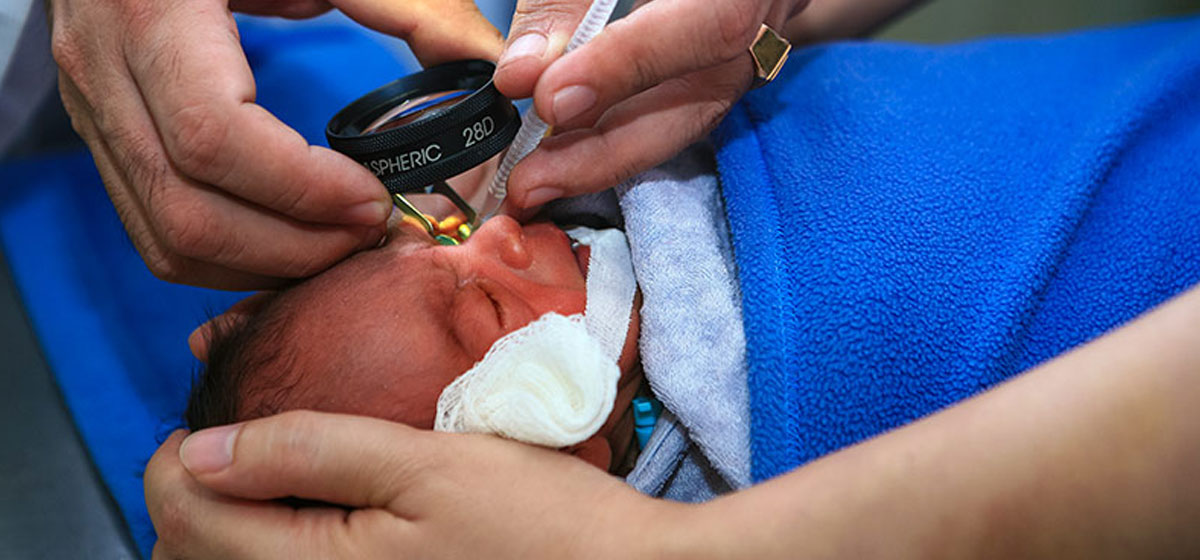Published: 2025 | JAMA Ophthalmology (Vol. 143, No. 2, pp. 110-196)
Retinopathy of prematurity (ROP) screening is a lifeline for preterm infants, but the mydriatic drops used—phenylephrine and tropicamide—can jolt their fragile systems, causing cardiorespiratory and gastrointestinal hiccups. A groundbreaking randomized clinical trial (MyMiROPS) by Aikaterini K. Seliniotaki, MD, and team, published in JAMA Ophthalmology (2025), tests a gentler approach: microdrops (6.5 μL) versus standard drops (28–34 μL) of a diluted mix (1.67% phenylephrine, 0.33% tropicamide). The results? Microdrops not only match efficacy but also cut systemic risks.
The Study: Small Drops, Big Stakes
From September 2021 to January 2023, 83 preterm infants (mean gestational age 29.7 weeks, birth weight 1,277 g) in Northern Greece underwent ROP screening. In a crossover design, each got microdrops and standard drops a week apart, randomly sequenced. Pupil dilation was measured at 45, 90, and 120 minutes, alongside vitals and adverse events. Phenylephrine’s blood levels were tracked via mass spectrometry. The goal? Prove microdrops aren’t worse (noninferiority margin: -0.4 mm) and safer.
The Findings: A Win for Microdrops
Microdrops shone brighter: at 45 minutes, they outperformed standard drops (mean pupil difference 0.12 mm, P=.008) and held noninferior at 90 and 120 minutes. Safety-wise, standard drops tanked oxygen saturation at 45 and 90 minutes (P=.03, P=.04) and spiked 24-hour hypertensive episodes (P=.01). Microdrops? Fewer hiccups—41% lower odds of 48-hour adverse events (though not statistically significant). Pharmacokinetically, phenylephrine peaked similarly but showed a 16% lower bioavailability with microdrops, hinting at reduced systemic load.
Why It Matters
Preemies’ tiny bodies amplify drug effects—standard drops can overwhelm. Microdrops, delivered via micropipette, offer precision and less spill, enhancing corneal penetration while trimming toxicity. This trial, the first to nail noninferiority and pharmacokinetics in this context, suggests a safer standard for ROP screening, especially in hectic NICUs where timing is tight.
The Catch
Outpatient data was spotty (30% missed some safety outcomes), and single-sample pharmacokinetics left exposure gaps. Still, the robust design holds strong.
Takeaway for Retina Fans
Microdrops match mydriasis, dodge side effects, and could reshape ROP care. Dive into JAMA Ophthalmology (2025) for the full scoop!
